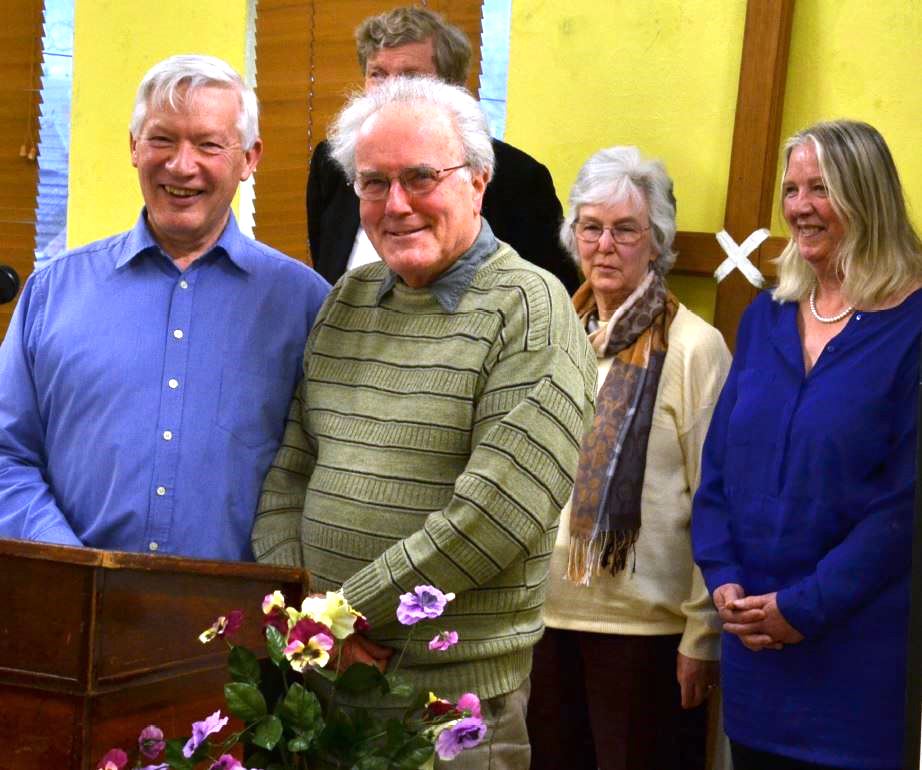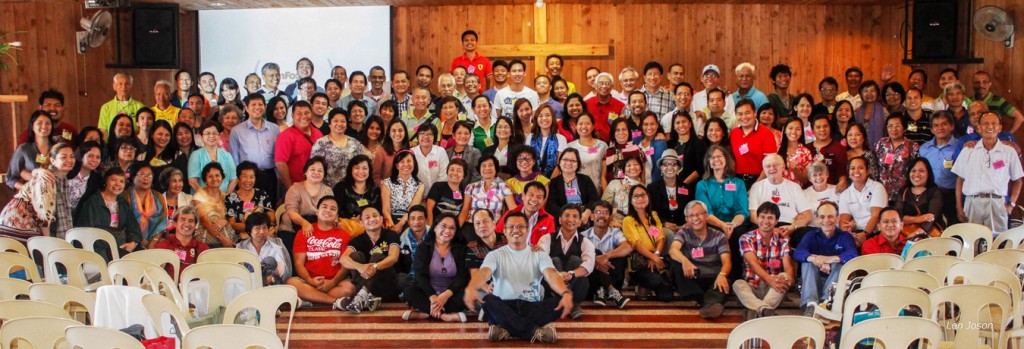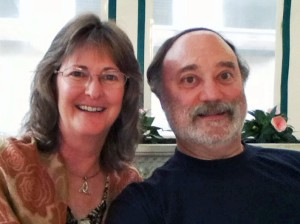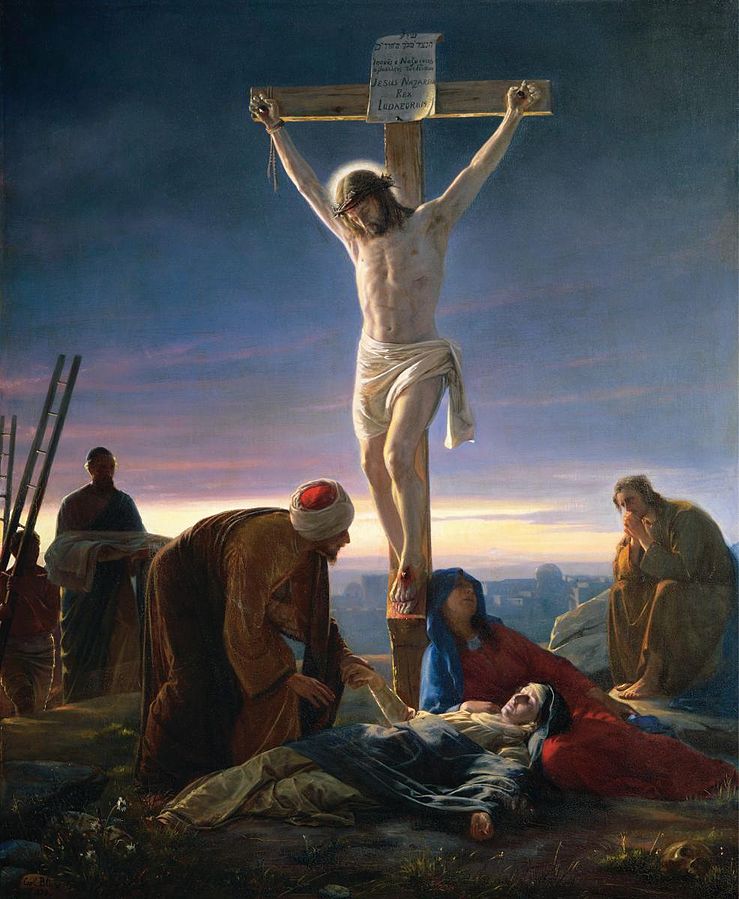Dear Brothers and Sisters in Christ,
 Often when travelling, I’m asked to speak to GCI churches, conferences and board meetings. Sometimes I’m asked to give the closing benediction. When doing so, I frequently use the blessing Aaron proclaimed over the children of Israel in the wilderness (the year after their flight from Egypt, long before entering the Promised Land). On that occasion, God was instructing Israel concerning administration of the Law. The people were restless and rather passive (after all, they had been slaves all their lives!). Likely, they were wondering: “God delivered us out of Egypt through the Red Sea, and gave us his Law. But here we are, still wandering in the wilderness. What now?” God did not reply with details of his plan for them. Instead, he encouraged them to look to him in faith:
Often when travelling, I’m asked to speak to GCI churches, conferences and board meetings. Sometimes I’m asked to give the closing benediction. When doing so, I frequently use the blessing Aaron proclaimed over the children of Israel in the wilderness (the year after their flight from Egypt, long before entering the Promised Land). On that occasion, God was instructing Israel concerning administration of the Law. The people were restless and rather passive (after all, they had been slaves all their lives!). Likely, they were wondering: “God delivered us out of Egypt through the Red Sea, and gave us his Law. But here we are, still wandering in the wilderness. What now?” God did not reply with details of his plan for them. Instead, he encouraged them to look to him in faith:
The Lord said to Moses, “Tell Aaron and his sons, ‘This is how you are to bless the Israelites. Say to them: ‘The Lord bless you and keep you; the Lord make his face shine on you and be gracious to you; the Lord turn his face toward you and give you peace'” (Numbers 6:22-26).
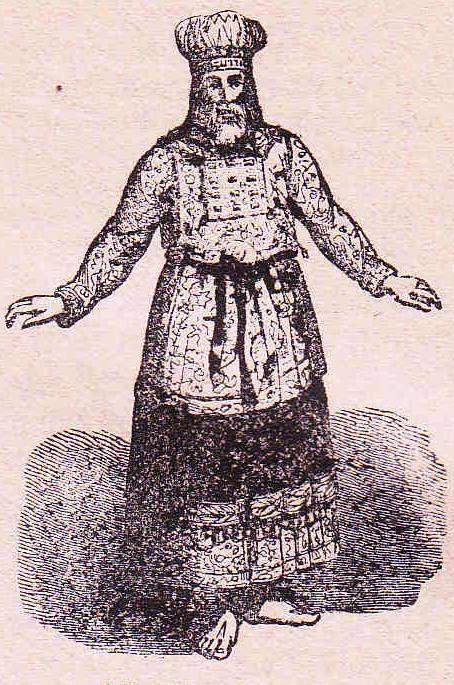
(Public Domain via Wikimedia Commons)
I envision Aaron standing before God’s beloved children, arms outstretched, proclaiming this benediction. What an honor it must have been to pronounce the Lord’s blessing upon his beloved. As you’ll recall, Aaron was the first high priest from the tribe of Levi:
Aaron was set apart, he and his descendants forever, to consecrate the most holy things, to offer sacrifices before the Lord, to minister before him and to pronounce blessings in his name forever (1 Chronicles 23:13).
Pronouncing a blessing was a profound act of worship—representing God to his people in order to encourage them—in this case during the difficult sojourn between Egypt and the Promised Land. This priestly benediction invoked God’s name and blessing, so that his people might live with assurance of the Lord’s mercy and provision.
Though this benediction was first spoken over a people weary and frustrated with wilderness wandering, I see an application for us today. There are times when we’re unsure about the future, feeling like we’re wandering in a wilderness of our own. At such times we need words of encouragement to remind us that God has blessed us and will continue to keep us. We need to remember that God does make his face shine on us, is gracious to us, and gives us peace. Above all, we need to remember that because he loves us, God has given us his Son, Jesus Christ—the great and ultimate high priest who, himself, fulfills the Aaronic blessing.
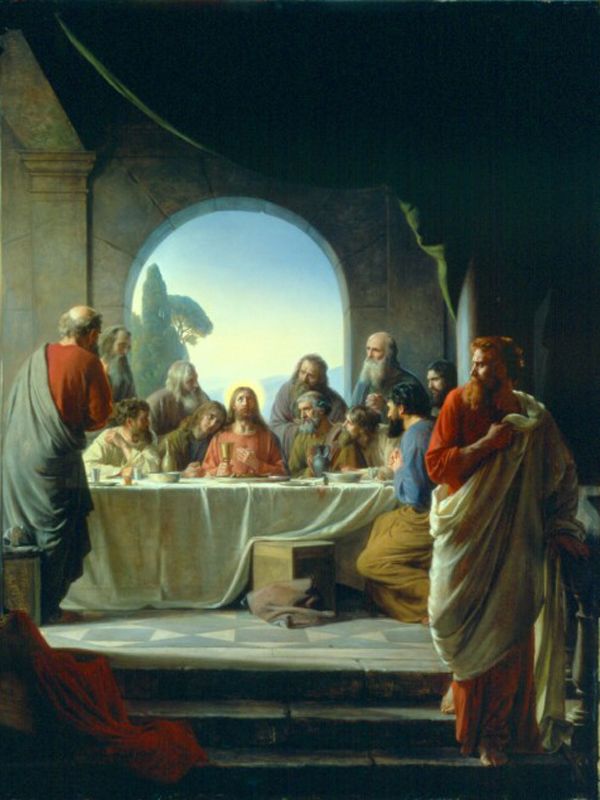
(Public Domain via Wikimedia Commons)
Holy Week (also called Passion Week) begins in a week and a half with Palm Sunday (Jesus’ triumphant entrance into Jerusalem), followed by Maundy Thursday (commemorating the Last Supper), Good Friday (where God’s goodness toward us was manifested in the greatest sacrifice of all) and Holy Saturday (when Jesus lay in the tomb). Then comes the glorious eighth day—Easter Sunday, which celebrates the resurrection of our great high priest, Jesus, the Son of God (Hebrews 4:14). This season of the year powerfully reminds us that we have been and continually are blessed “in the heavenly realms with every spiritual blessing in Christ” (Ephesians 1:3).
Yes, we all face times of uncertainty. But we rest in peace knowing how greatly God has blessed us in Christ. Like a mighty river whose waters flow from its source out to far lands, God’s name moves before the world. Though we don’t see the full extent of this movement, we stand in awe at what we do see. Truly God has and is blessing us, and Passion Week is a powerful reminder.
Though the people of Israel heard Aaron’s priestly benediction and, no doubt, were encouraged, they soon forgot God’s promises. Part of the reason had to do with the limitations, even failings, of the human priesthood. Even the best and most faithful of Israel’s priests died. But God had something (someone!) better in mind. The book of Hebrews reminds us that Jesus, who lives forever, is our permanent high priest:
Therefore he is able to save completely those who come to God through him, because he always lives to intercede for them. Such a high priest truly meets our need—one who is holy, blameless, pure, set apart from sinners, exalted above the heavens (Hebrews 7:25-26).
The image of Aaron stretching out his arms over Israel to impart a blessing points us to an even greater high priest, Jesus Christ. The benediction that Jesus pronounces over God’s people far exceeds Aaron’s blessing (though it extends, intensifies and personalizes it):
I will put my laws in their minds and write them on their hearts. I will be their God, and they will be my people. No longer will they teach their neighbor, or say to one another, “Know the Lord,” because they will all know me, from the least of them to the greatest. For I will forgive their wickedness and will remember their sins no more (Hebrews 8:10-12).
Jesus pronounces a benediction of forgiveness that reconciles us to God, healing our broken relationship with him. It’s a benediction that transforms us—extending deep into our hearts and minds. It draws us up into deepest fellowship and communion with God. Through the Son of God, our brother, we know God as our Father. And by his Spirit we become his beloved children.
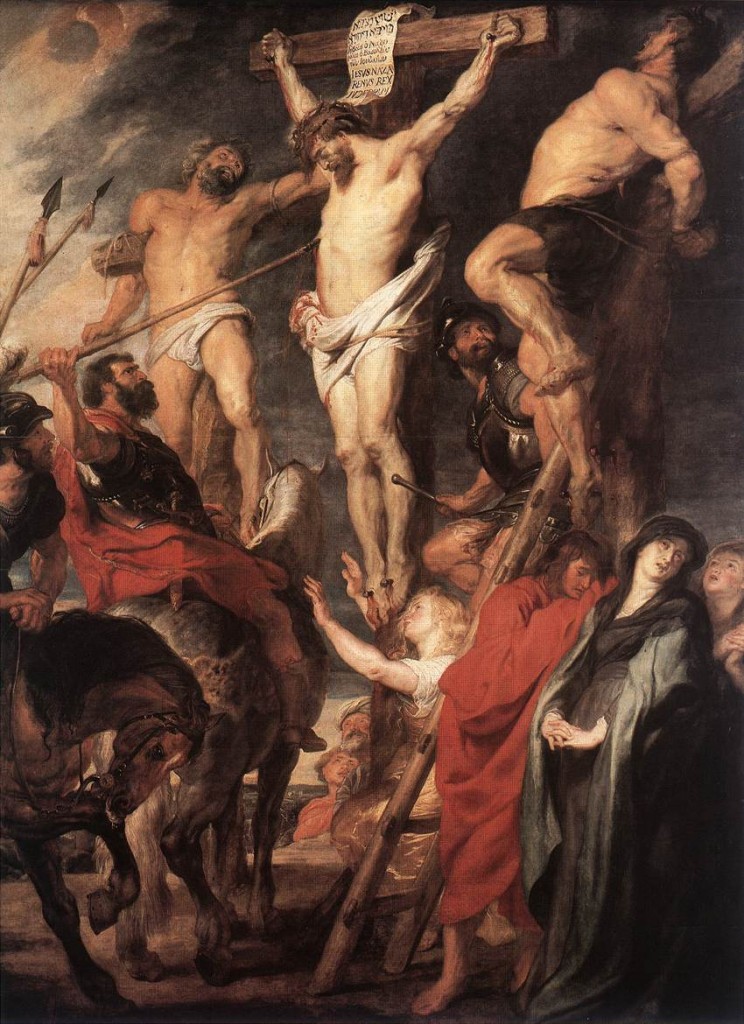
by John Paul Rubens (1619).
(Public domain via Wikimedia Commons)
As I reflect on Passion Week, there is another reason this benediction has great significance for us. As Jesus was dying on the cross, his arms were outstretched. His precious life, poured out as a sacrifice for us, was a benediction—a forever blessing on the world. Hanging on the cross, Jesus asked the Father to forgive us in the midst of our sin, then he died that we might live.
Following his resurrection, and just before his ascension, Jesus gave another benediction:
When he had led them out to the vicinity of Bethany, he lifted up his hands and blessed them. While he was blessing them, he left them and was taken up into heaven. Then they worshiped him and returned to Jerusalem with great joy (Luke 24:50-52).
In essence, Jesus was saying to his disciples, both then and now, “I myself bless you and keep you, I make my face to shine upon you and be gracious to you; I lift up my countenance upon you and I give you my peace.”
May we continue to live under the benediction of our Lord and Savior, no matter what uncertainties we may be facing.
Looking to Jesus in faith,
Joseph Tkach


